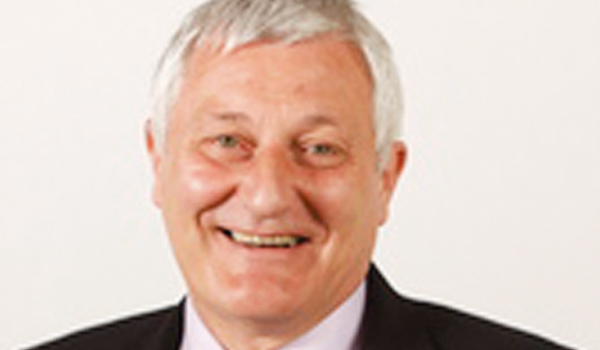Scanner reduces road closure times
A new laser scanner used by police collision investigators is significantly reducing road closure times following fatal and serious collisions. After a successful six-month trial, two laser scanners have been used by the Metropolitan Police Services (MPS) Road Death Investigation Units since February 2010.

A new laser scanner used by police collision investigators is significantly reducing road closure times following fatal and serious collisions. After a successful six-month trial, two laser scanners have been used by the Metropolitan Police Services (MPS) Road Death Investigation Units since February 2010.
They will be shown in action at a Field Testing and Experience Day for collision investigators and detectives.
The scanner demonstration is one of a series of activities which will allow traffic officers to broaden their skills. Other activities on the day include the critical curve exercise in which a driver recreates the style of driving required to produce striated tyre marks, seen when a vehicle negotiates a bend too quickly, and a skid pan demonstration to show stopping distance.
Detective Superintendent John Hollands, of the MPSs Traffic Command, said: Investigating collisions is difficult, technical work. Often it is one thing learning something in a classroom and another putting that theory into practice. We have a vast amount of experience and expertise within the Road Death Investigation Unit but we can always improve. Giving our staff the chance to develop their skills in this practical environment is invaluable.
The laser scanner, which has slashed road closure times at the most serious collisions by an average of an hour and a half, enables police to take a 360-degree virtual image of a collision scene, which can be taken back to the office for processing and further examination.
The scanners can quickly record the exact positions of vehicles, tyre marks, debris and other vital evidence, meaning that the scene can be cleared up much faster and the road reopened.
Collision investigators previously relied on a piece of equipment that could produce a scaled computerised plan of the scene, which took much longer to capture. Using the computerised data, it would take an officer about two hours to produce a basic 2D paper plan. The new scanners take around four minutes to complete a 360-degree scan with photographs. This ensures a comprehensive record of the scene, enabling the evidence to be gathered before the road is cleared. It also allows collision investigators to use the enhanced data capture to provide court presentation plans and graphics of a much higher standard, assist coroners, as well as the criminal and civil courts.



